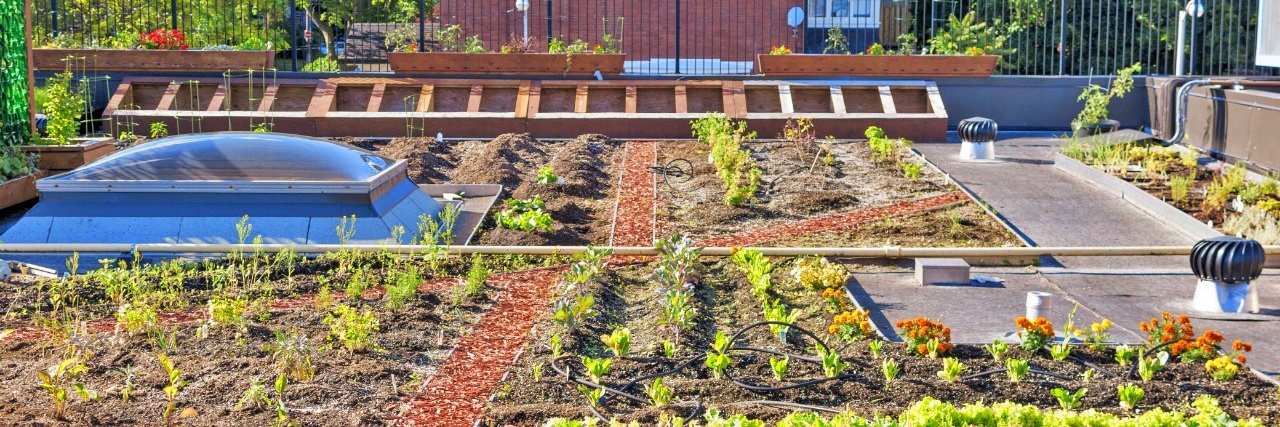Staff of NaturBuild writes:
In increasingly congested cities, green roofs are emerging as an innovative solution to reconnect with nature and promote a circular economy model. Beyond improving air quality and the urban microclimate, green roofs offer fertile ground for biodiversity and trigger a virtuous cycle of environmental and economic benefits.
The construction of a green roof begins with the choice of recycled materials, such as substrates derived from demolition or composting waste, waterproof sheets made from recovered plastics, and low-consumption irrigation systems. This reduces environmental impact and enhances the value of materials that would otherwise be destined for landfills.
The green roof vegetation plays a key role in retaining rainwater, promoting urban drainage and reducing the risk of flooding. The retained water can then be reused for garden irrigation or other purposes, reducing the consumption of drinking water.
The plant cover acts as a natural insulator, helping to keep buildings cool in summer and warm in winter. This translates into a reduction in energy consumption for heating and cooling, with consequent economic savings and lower greenhouse gas emissions.
In conclusion, green roofs offer a virtuous model of sustainable urban development, contributing to a circular economy that enhances resources and reduces environmental impact.
The plants on green roofs absorb CO2 and particulate matter, purifying the air and improving the quality of life in cities. Furthermore, the vegetation creates a cooler and more humid microclimate, helping to mitigate the heat island effect and offering an oasis of well-being for citizens.
Buildings with green roofs are increasingly sought-after and appreciated, with a consequent increase in real estate value. Moreover, green roofs can be used for food production or renewable energy generation, creating new business models and job opportunities.
The spread of green roofs requires a joint effort from various stakeholders: architects, engineers, botanists, and local administrators. The design and construction of a green roof must consider various factors, such as climate, building type, and local regulations.
Several cities are adopting economic incentives to promote the construction of green roofs. Sharing best practices and training specialized professionals are key elements to accelerate the transition towards a more sustainable urban model.
Green roofs are not only a biodiversity oasis but a concrete example of how the circular economy can regenerate our cities, improving the quality of life and creating value for everyone.
In conclusion, green roofs offer a virtuous model of sustainable urban development, contributing to a circular economy that enhances resources and reduces environmental impact.
 Greenroofs.comConnecting the Planet + Living Architecture
Greenroofs.comConnecting the Planet + Living Architecture





